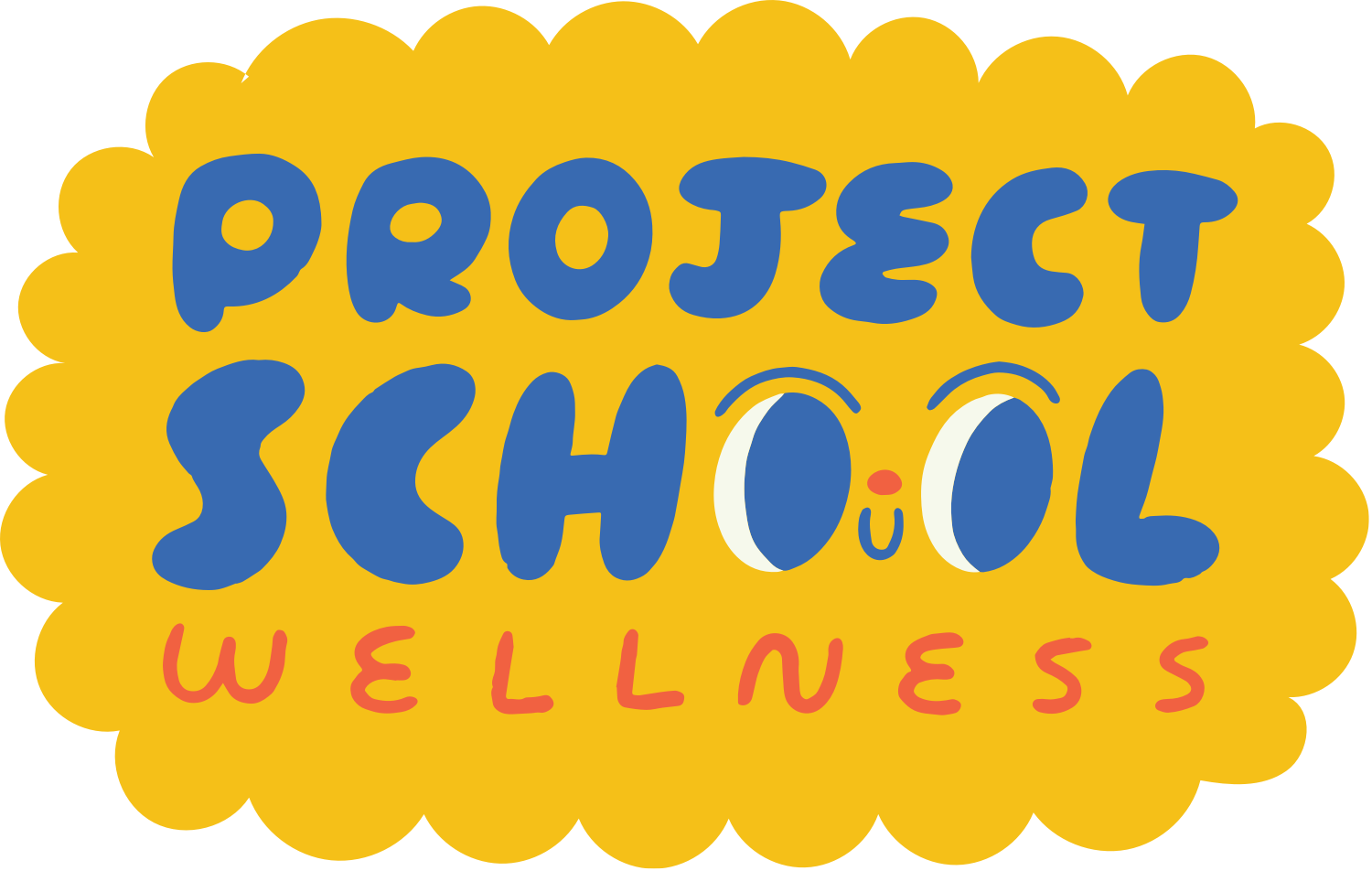Classroom LEGO Activity About Nutrition: What Are Macronutrients?
This LEGO Activity is the perfect addition to your nutrition lesson activities for health class!
Check out this fun way I used LEGO to teach macronutrients in health class during the nutrition unit. I gave students printouts with a “recipe” for common foods and they put together the correct Duplo combination to make each food. These printables can be used as an instant activity, direct instruction about macronutrients, as a game, or for a review. There are so many options!
Table of Contents
Buy | Free Access for All Members
Teaching macronutrients is a core element of nutrition education. Diving into this topic can be tricky to navigate because students have most likely heard some emotionally heated comments about things like calories, fat, and carbohydrates (thankfully, protein tends to get pretty consistent positive messaging, it just tends to be some misinformation about sources of protein and how much exactly you need).
What are Macronutrients and Micronutrients?
The British Heart Foundation define macro and micronutrients as: “Macronutrients are the nutrients we need in larger quantities that provide us with energy: in other words, fat, protein, and carbohydrate. Micronutrients are mostly vitamins and minerals, and are equally important but consumed in very small amounts.”
Contrary to some messaging, our bodies need fat, protein, and carbohydrates to survive. Here are some important things each macronutrient does for our bodies:
Fat: Gives you energy, helps the body grow and develop, and helps the body absorb vitamins A, D, E, and K
Protein: Helps build and repair body tissues, and provides energy to the body.
Carbohydrates: Provide the body with energy; come in the form of fiber, starch, and sugars.
Vitamins: A micronutrient that helps the immune system work effectively; helps the body use macronutrients for energy; helps strengthen bones and muscles; and more.
Minerals: A micronutrient that helps strengthen bones and muscles; and more; helps regulate hormones, helps the immune system function well, and more.
Water: Aids every system in the body.
This is why it’s important that students learn how to define what macronutrients are in foods they eat. And that’s where this LEGO activity comes into play.
Buy | Free Access for All Members
How to Use LEGO to Teach Macronutrients and Micronutrients in Your Nutrition Lesson Plans?
To help students understand that every food they eat is made up of some combination of macro and micronutrients, I made “recipes” of each food for students to follow to get a very basic idea of the ratio of carbs to protein to fat to vitamins and minerals in the food they eat.
Buy | Free Access for All Members
Keep it Food Neutral
While designing and leading students through this lesson, I tried to be very mindful of being food and body-neutral. Basically, by this I mean, not using labels like “good” or “bad” or even “healthy” and “unhealthy” to label foods. We were simply on a mission to build foods using the nutrient “recipe.”
Buy | Free Access for All Members
LEGO Activity Debrief and Reflection
After students completed this LEGO activity, we took some time to debrief and reflect on their discoveries. I asked them questions like:
Which food had high levels of each macronutrient?
Which example food is your favorite and what nutrients does it give your body?
Were there any new foods you hadn’t seen before and want to try?
Students had so much fun building their LEGO foods. It was a great way to explore the concepts of macro and micronutrients. And it really helped students understand that foods of all kinds have important nutritional value and provide your body with sustenance. I’d love to hear what you think about interactive LEGO activity. Is it something you’d do with your students?
References:
Canada, H. (2019, January 22). Carbohydrates. canada.ca. Retrieved November 2, 2022, from https://www.canada.ca/en/health-canada/services/nutrients/carbohydrates.html
Canada, H. (2022, June 30). Fats. canada.ca. Retrieved November 2, 2022, from https://www.canada.ca/en/health-canada/services/nutrients/fats.html
Canada, H. (2019, January 22). Protein. canada.ca. Retrieved November 2, 2022, from https://www.canada.ca/en/health-canada/services/nutrients/protein.html
Centers for Disease Control and Prevention. (2022, June 6). Water and healthier drinks. Centers for Disease Control and Prevention. Retrieved November 2, 2022, from https://www.cdc.gov/healthyweight/healthy_eating/water-and-healthier-drinks.html#:~:text=Water%20helps%20your%20body%3A,%2C%20perspiration%2C%20and%20bowel%20movements
Department of Health & Human Services. (2020, December 20). Vitamins and minerals. Better Health Channel. Retrieved November 2, 2022, from https://www.betterhealth.vic.gov.au/health/healthyliving/Vitamins-and-minerals#about-vitamins-and-minerals




